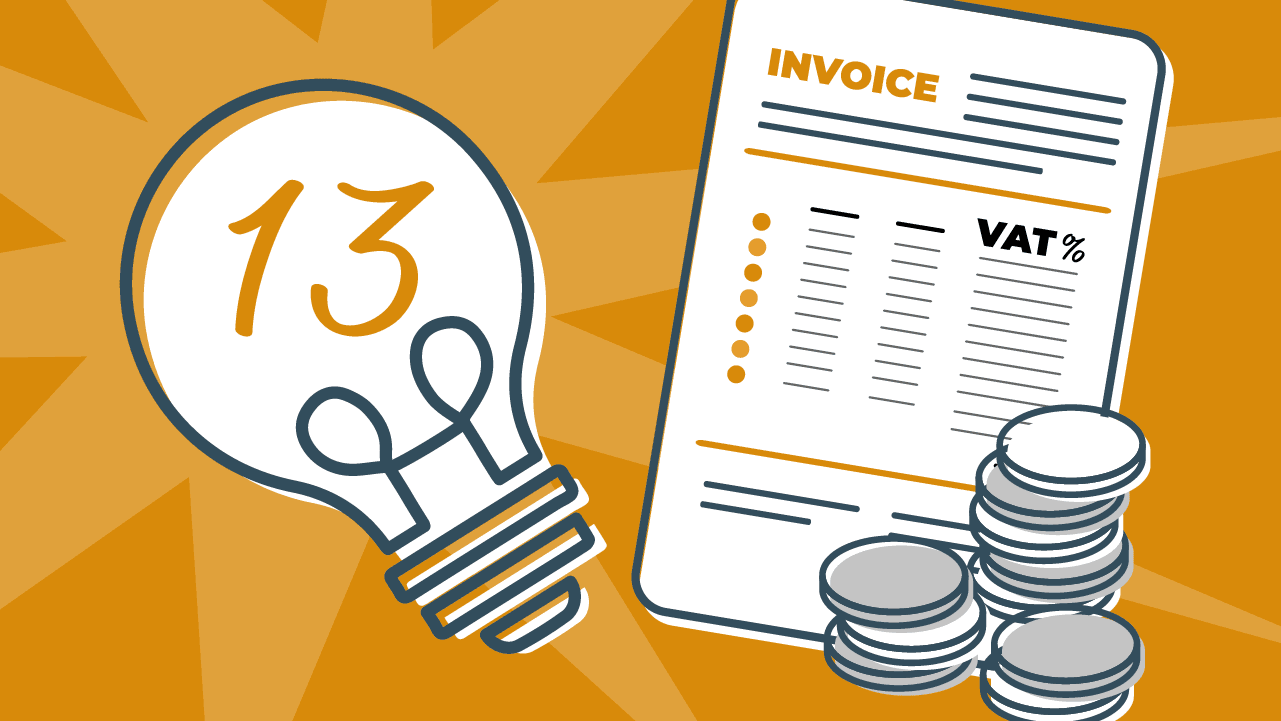Efficient invoicing is crucial for small businesses to maintain steady cash flow and ensure timely payments. Whether you’re a freelancer, a startup, or a growing business, mastering the art of invoicing can make a significant difference in your financial health.
Streamlining your invoicing process helps you get paid faster and reduces the chances of errors that could lead to payment delays. A few smart strategies, from choosing the right invoice software for small business to setting clear payment terms, can greatly simplify your financial management.
This article will explore essential invoicing hacks that can help small businesses thrive.
1. Leverage Professional Invoice Templates
A professional invoice template is crucial for creating a strong first impression and ensuring consistency across all invoices. A well-designed free invoice template that includes all necessary information—like your business name, contact details, itemized services or products, payment terms, and due dates—makes your invoices clear and easy to understand.
This clarity helps prevent payment delays and reinforces your professionalism. Investing time in setting up a polished template or using customizable invoicing software can simplify the invoicing process. This makes it more efficient and reduces the likelihood of errors.
A professional invoice template also aids in brand consistency, which can help build trust with clients over time. Maintaining a uniform format for all invoices minimizes confusion and establishes a predictable billing process. This can improve client relationships and ensure that your payments are processed promptly.
2. Set Clear Payment Terms and Deadlines
Defining and communicating clear payment terms is essential for avoiding misunderstandings and ensuring you get paid on time. Specify the acceptable payment methods, such as bank transfers, credit cards, or online payment platforms, and include any applicable fees or discounts for early or late payments. Setting a specific due date creates a sense of urgency for your clients to pay on time.
In addition to establishing clear terms, consider implementing automated payment reminders as the due date approaches. This reduces the chances of late payments and helps maintain a steady cash flow. Regularly reviewing and updating your payment terms can align with your business needs and industry standards, ensuring timely payments.
3. Automate Your Invoicing Process
Automating your invoicing process can save you significant time and reduce the risk of human error. Invoicing software allows you to set up recurring invoices, schedule automatic reminders, and generate reports that provide insights into your financial health. Automation streamlines the billing process and ensures that invoices are sent out promptly, which is crucial for maintaining cash flow.
Moreover, automated invoicing systems often come with features that allow you to track payments in real time, flag overdue invoices, and even integrate with your accounting software. This level of automation can free up valuable time. It allows you to focus on growing your business rather than managing administrative tasks.
4. Offer Multiple Payment Options
Providing your clients with multiple payment options is a simple yet effective way to reduce friction and encourage timely payments. By offering various methods, such as bank transfers, credit cards, PayPal, or even checks, you cater to your clients’ preferences, making it easier for them to settle their invoices.
Additionally, consider offering incentives for early payments or for using certain payment methods that are quicker or less costly to process. This will speed up your cash flow and enhance client satisfaction by showing that you are flexible and accommodating to their needs.
5. Regularly Review and Update Your Invoicing Practices
The invoicing process should not be static; it requires regular reviews and updates to stay efficient and effective. Periodically assess your invoicing practices to identify any bottlenecks or areas for improvement. This could include adjusting your payment terms, updating invoice templates, or incorporating new invoicing software features.
Client feedback can also be invaluable in refining your invoicing process. Understanding how your clients perceive and interact with your invoices can help you make adjustments that improve clarity and reduce payment delays. Staying proactive about reviewing and updating your invoicing practices ensures that your system remains robust and capable of supporting your business as it grows.
Conclusion
Efficient invoicing is not just about sending bills; it’s a strategic component of your business that can significantly impact your cash flow and client relationships. As your business grows, refining your invoicing process will help you stay organized and minimize administrative headaches.
By embracing technology, maintaining clear communication with clients, and regularly assessing your practices, you can transform invoicing from a necessary task into a streamlined process that supports your business’s success. Ultimately, a well-managed invoicing system not only ensures you get paid on time but also contributes to your business’s overall financial health, giving you more time to focus on growth and innovation.

